Bringing a pet lizard into your home opens the door to a fascinating relationship with one of nature’s most ancient creatures. Unlike dogs or cats, which have been domesticated for thousands of years, lizards retain much of their wild instincts and may initially view handling as a threatening experience. With patience, consistency, and the right techniques, however, you can train your scaly companion to become comfortable with human interaction. This article will guide you through the process of building trust with your lizard, recognizing its body language, and establishing a handling routine that respects your pet’s natural behaviors while fostering a stronger bond between you.
Understanding Your Lizard’s Natural Behavior
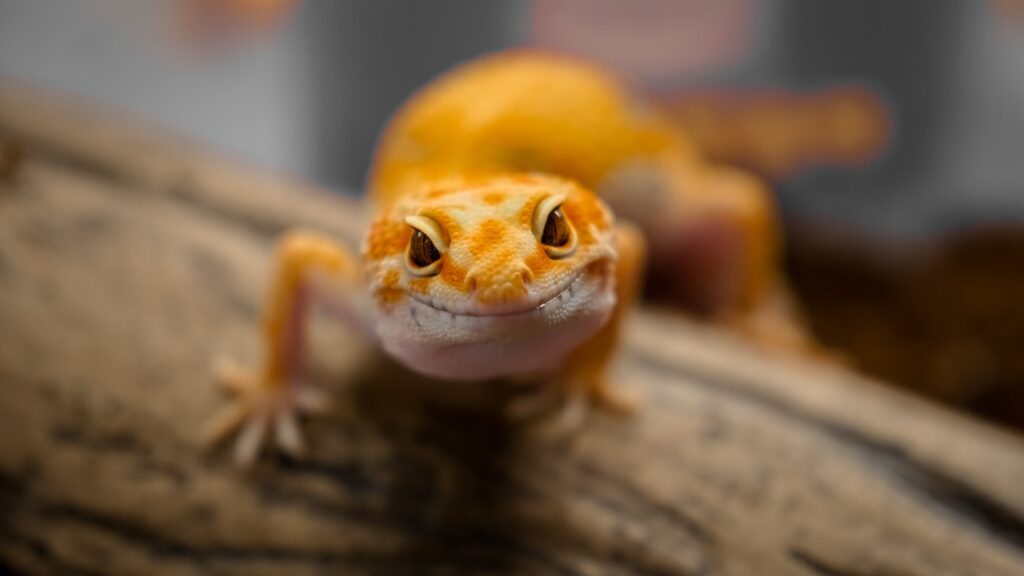
Before attempting to handle your lizard, it’s essential to understand how these reptiles perceive the world around them. Lizards are primarily driven by survival instincts and may view large moving objects (like human hands) as potential predators. Most pet lizard species are prey animals in the wild, making them naturally wary of anything larger than themselves. Their stress responses often include freezing, fleeing, or defensive displays such as puffing up, hissing, or tail whipping. Learning about your specific lizard species’ natural behaviors, habitat preferences, and temperament will provide crucial insights into how they might respond to handling attempts. This knowledge forms the foundation for a training approach that works with, rather than against, your lizard’s instinctual behaviors.
Selecting a Handleable Lizard Species
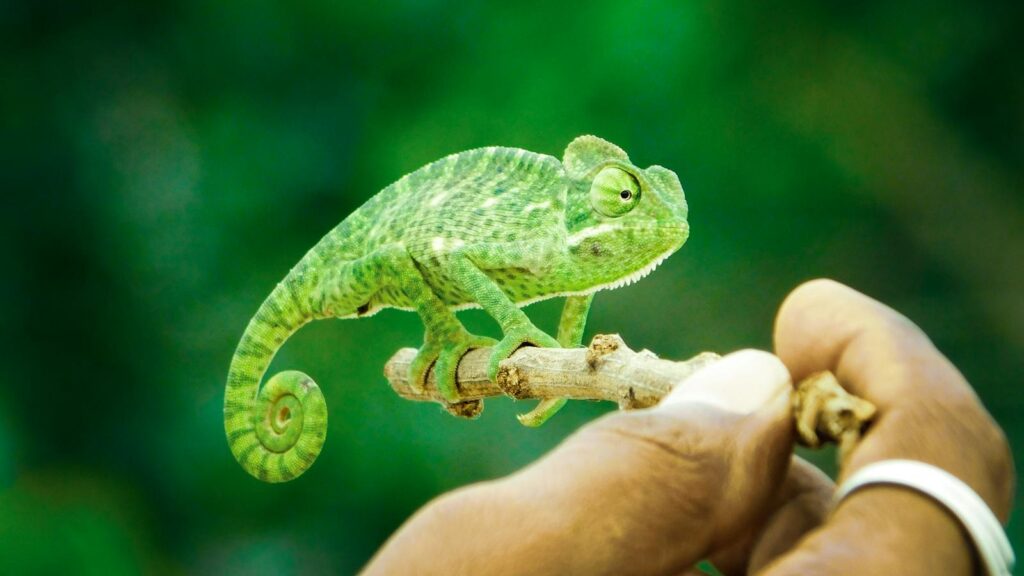
Not all lizard species adapt equally well to handling, so species selection plays a significant role in your handling success. Bearded dragons, blue-tongued skinks, leopard geckos, and crested geckos are generally recognized as some of the most handling-tolerant pet lizards. These species tend to have calmer temperaments and can become quite comfortable with regular, gentle interaction. In contrast, species like chameleons, tokay geckos, and many monitor lizards often remain stress-prone even with extensive training efforts. If handling is important to you, research thoroughly before adopting, or consider selecting a captive-bred individual that has been socialized from a young age. Reptile shows and reputable breeders can provide opportunities to interact with different species before making your decision.
Setting Up the Ideal Environment

A stressed lizard will never become comfortable with handling, making a proper habitat setup your first priority. Ensure your lizard’s enclosure meets or exceeds the minimum size requirements for its species, with appropriate temperature gradients, humidity levels, and UVB lighting. Provide multiple hiding spots, climbing opportunities (for arboreal species), and enrichment items that allow natural behaviors like digging, climbing, or basking. When all physiological needs are met, your lizard will feel secure in its environment, creating a foundation for building trust. The enclosure should be positioned in a relatively quiet area of your home, away from loud televisions, busy doorways, or other pets that might cause stress through the glass walls.
Allowing Your Lizard to Acclimate

When you first bring your lizard home, resist the urge to handle it immediately. Most reptiles need a significant adjustment period of at least two weeks (sometimes longer) to become comfortable in their new surroundings. During this time, limit your interaction to necessary maintenance tasks like cleaning and feeding. You may notice your pet hiding frequently or showing stress behaviors initially – this is perfectly normal as they assess their new environment. Use this acclimation period to observe your lizard’s normal behaviors, preferred resting spots, and activity patterns, which will help you time your handling sessions appropriately later. A lizard that’s eating regularly, exploring its enclosure, and exhibiting natural behaviors is showing signs of becoming comfortable enough to begin the handling process.
Recognizing Stress Signals
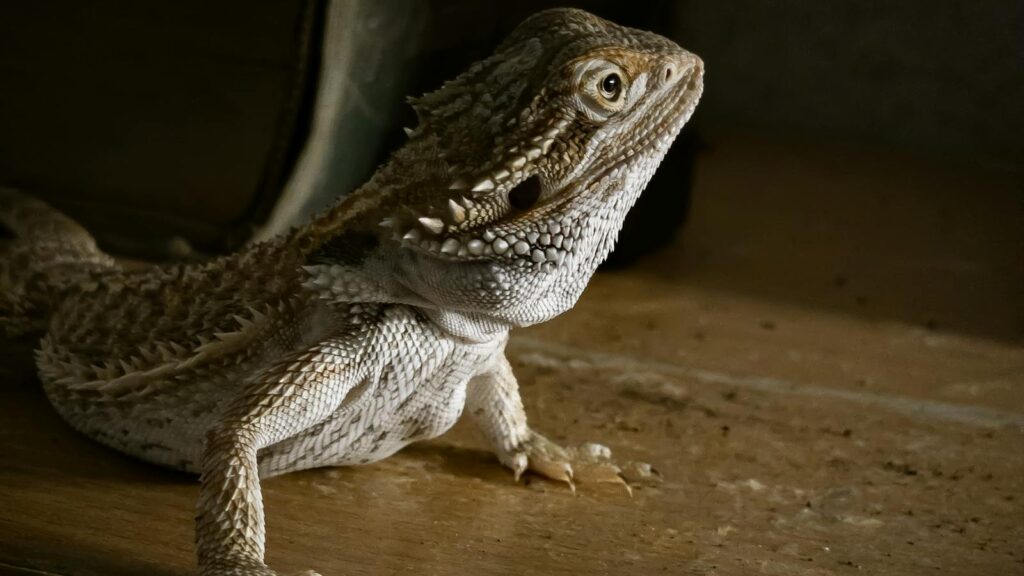
Learning to read your lizard’s body language is crucial for successful handling training. Common signs of stress include puffing up the body, hissing, gaping (opening the mouth in a threatening display), tail lashing, rapid breathing, or attempting to flee. More subtle stress indicators might include darkening of skin color, closing eyes when approached, or flattening the body against a surface. Some species have specific stress displays – bearded dragons may blacken their beards, while crested geckos might vocalize with squeaking sounds. Always respect these warnings by backing off and trying again later when your pet is calmer. Continuing to handle a stressed lizard not only risks bites or scratches but also damages the trust you’re working to build.
Hand Presence Training
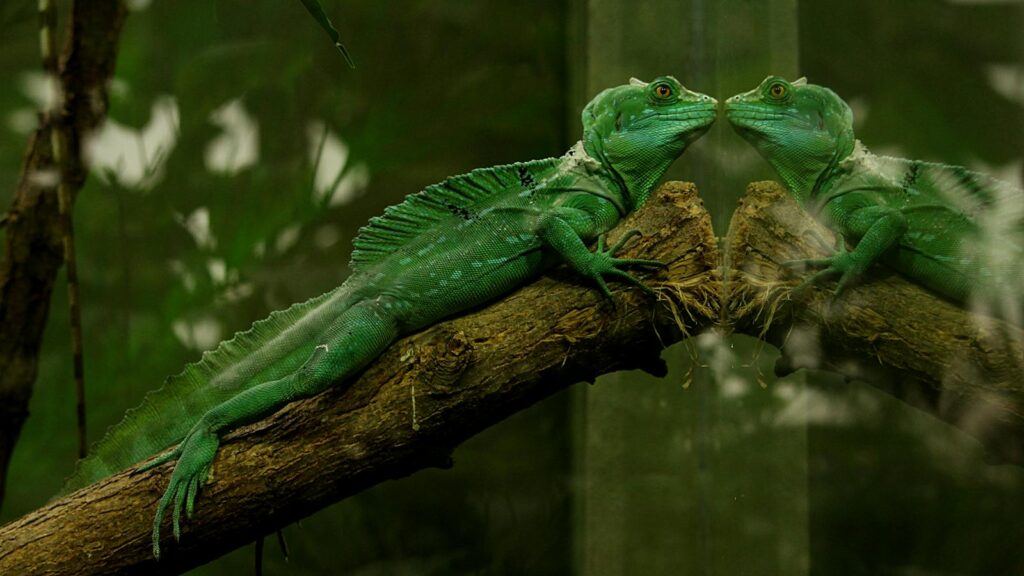
Before attempting to pick up your lizard, begin with simple hand presence training. Start by placing your hand inside the enclosure without moving it, positioned away from your lizard, for brief 5-10 minute sessions several times daily. This allows your pet to observe that your hand doesn’t represent a threat. Gradually, over several days or weeks, move your hand slightly closer during these sessions, always respecting your lizard’s comfort level and retreating if stress signals appear. Eventually, try placing your hand directly in your lizard’s line of sight, still without attempting to touch it. For particularly nervous specimens, wear a thin cotton glove initially to minimize unfamiliar scents and temperature changes that might startle your pet.
The Power of Positive Association
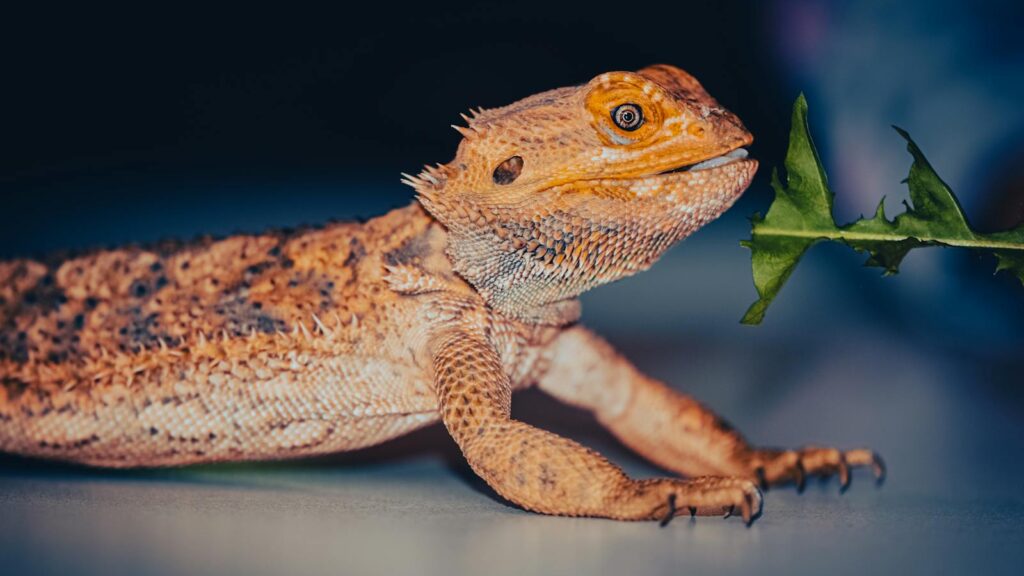
Creating positive associations with your presence is one of the most effective training techniques. Consider offering treats from your hand once your lizard seems comfortable with hand presence. Appropriate treats vary by species – mealworms or small pieces of fruit might work for omnivorous species like bearded dragons, while insectivores may respond to favorite feeder insects. Hold the treat with your fingertips, allowing your lizard to approach voluntarily to take it. Never chase your pet with the treat or force interaction. Over time, your lizard will begin to associate your hand with positive experiences rather than potential threats. Some keepers find success by using a small, soft brush to gently stroke their lizard’s back before attempting hand contact, as this mimics a less threatening touch.
First Contact Approaches
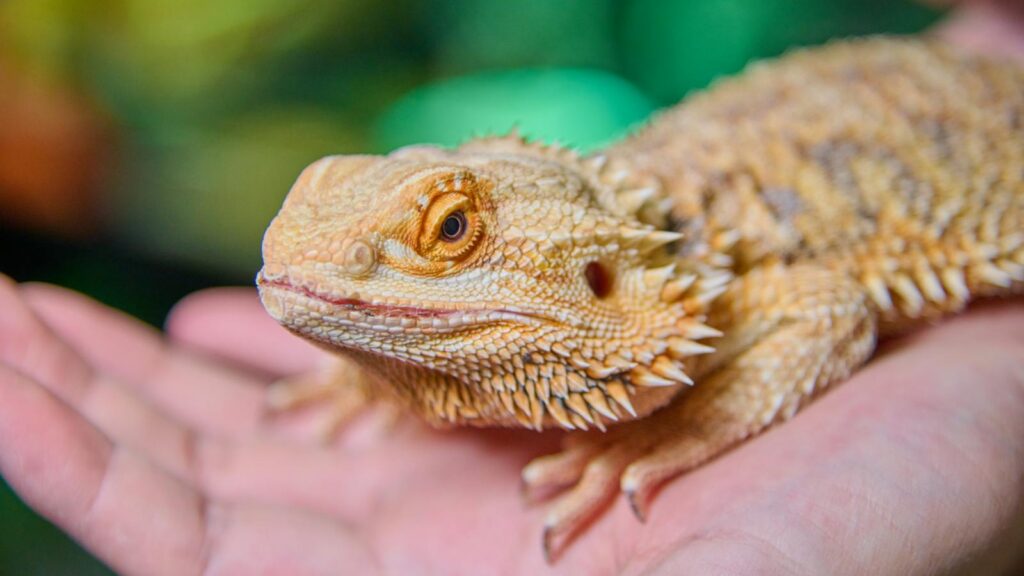
When your lizard shows comfort with your hand’s presence, you can attempt first physical contact. Begin by gently touching the back or side of your lizard for just a second before withdrawing your hand. If this brief touch is tolerated, gradually increase the duration in subsequent sessions. Always approach from the side rather than from above, as predators typically strike from overhead, and your lizard’s instincts may trigger a fear response to top-down approaches. For skittish species, starting with a gentle stroke under the chin or along the side can be less threatening than touching the top of the head. Remember that lizards have different sensitive areas – some may be more comfortable with tail touching than head touching, while others may have the opposite preference.
Proper Lifting Techniques
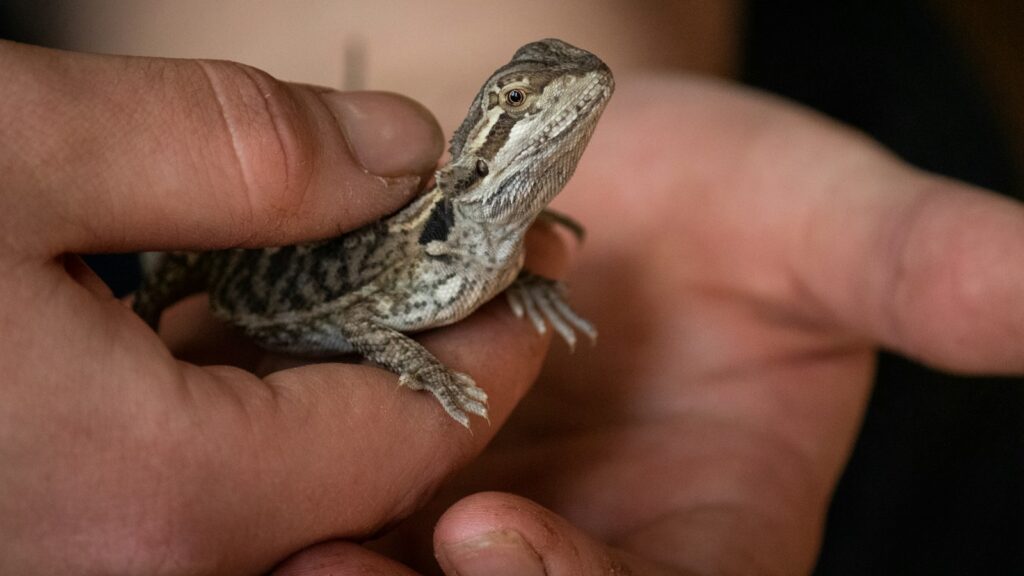
When your lizard accepts touch without showing stress, you can attempt the first lift. Always support your lizard’s entire body, particularly the legs and tail, to create a feeling of security. For most small to medium lizards, place one hand under the chest and front legs while supporting the hindquarters and tail with your other hand. Never grab or restrain by the tail, as many species can drop their tails as a defense mechanism (autotomy). Initially, lift your lizard just an inch or two above the surface before gently setting it down again, gradually increasing height and duration as comfort increases. For larger species like monitors or iguanas, additional support may be needed, and you might begin by scooping them up while they’re resting on a branch or hide that can be temporarily removed from the enclosure.
Establishing a Handling Routine
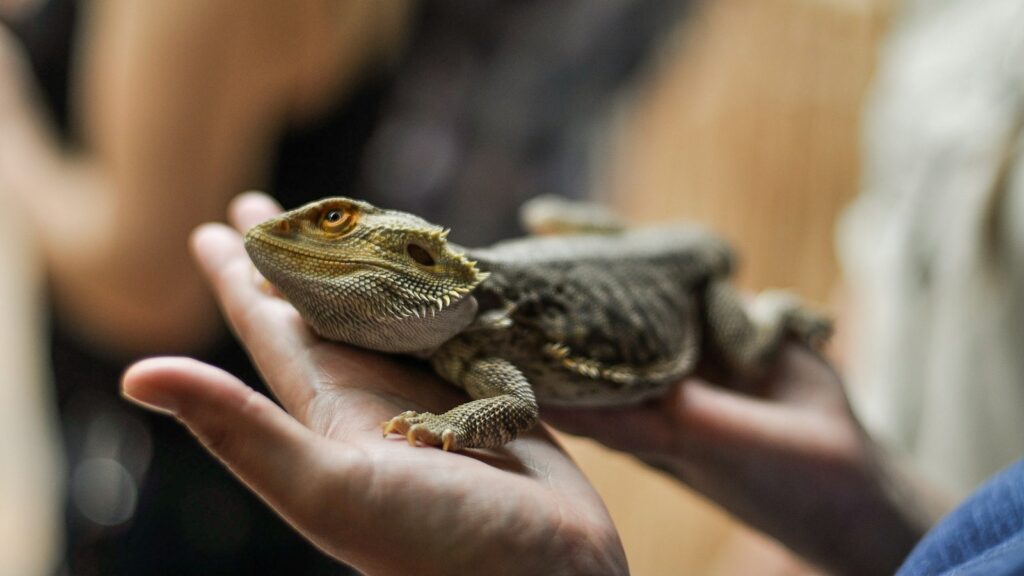
Consistency greatly improves handling success, so establish a regular routine once your lizard shows basic tolerance for being held. Short, frequent sessions work better than infrequent long ones – aim for 3-5 minute sessions once or twice daily, gradually extending to 10-15 minutes as your pet becomes more relaxed. Choose times when your lizard is naturally active rather than during sleeping periods or immediately after eating. Many lizards are most receptive to handling in the late morning after they’ve had time to warm up and become active, but before their main feeding time. Create a calm environment for these sessions by minimizing background noise, keeping other pets away, and sitting in a position where your lizard wouldn’t be injured if it jumped or fell.
Creating a Safe Handling Environment
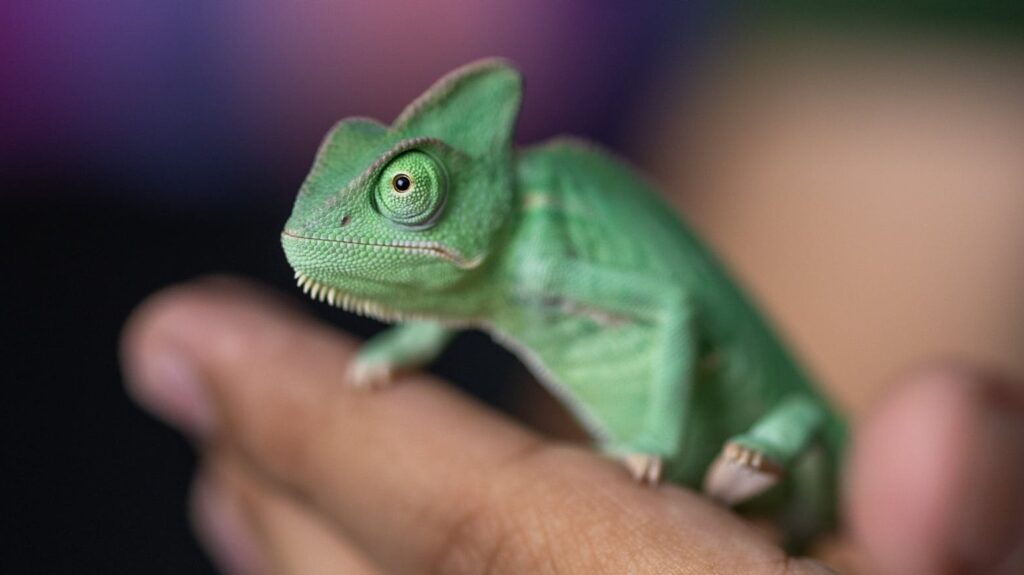
Safety considerations during handling sessions help prevent accidents and build your lizard’s confidence. Always conduct handling sessions while seated on the floor or over a soft surface like a bed to minimize injury risk if your lizard jumps or falls. Before removing your lizard from its enclosure, ensure that doors and windows are closed, ceiling fans are off, and other pets are secured in separate rooms. Some keepers create a dedicated “handling playground” with familiar climbing structures, hiding spots, and surfaces with good traction where their lizard can explore during sessions. This provides enrichment while allowing your pet to become comfortable with your presence outside the enclosure. Temperature management is also crucial – ensure the room is warm enough for your cold-blooded pet, particularly for tropical species.
Addressing Setbacks and Regression
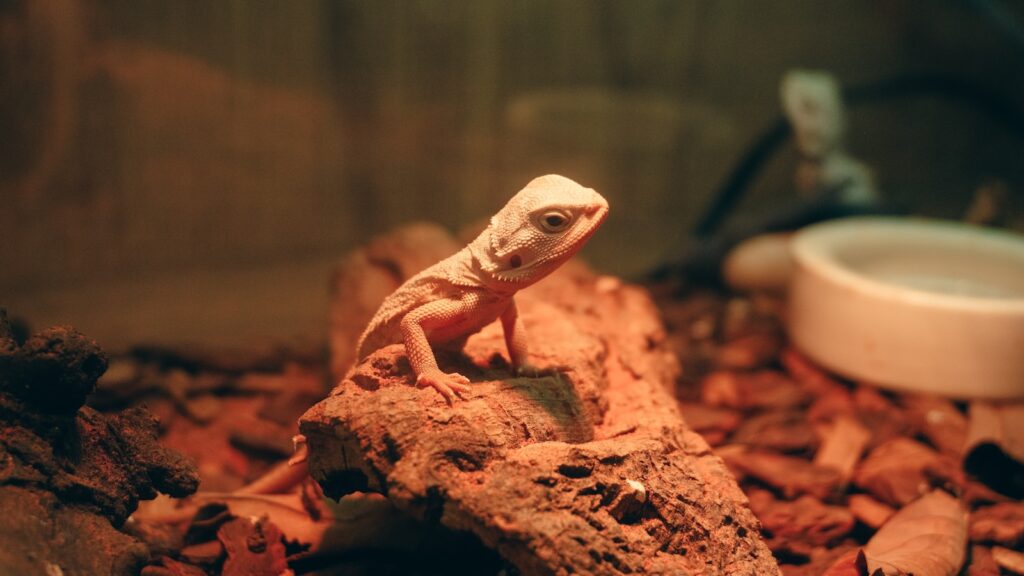
Even with careful training, setbacks can occur in your lizard’s handling progress. Common triggers include environmental changes, molting periods, breeding seasons, or health issues that may temporarily increase stress levels. If your previously handleable lizard suddenly shows resistance or stress during handling, scale back to the last comfortable step in the training process. This might mean returning to simple hand presence or brief touching rather than full handling. Examine whether anything in your lizard’s environment might be causing stress, such as incorrect temperatures, new household pets, or changes in routine. Health problems can also manifest as handling intolerance, so consider a veterinary check-up if regression persists or is accompanied by other concerning symptoms like appetite loss or lethargy.
Advanced Handling and Bonding

Once your lizard is comfortable with basic handling, you can work toward more advanced interaction. Many well-socialized lizards will eventually tolerate being carried around the house for short explorations, sitting on your shoulder, or resting on your lap while you read or watch television. Some keepers train their lizards to accept harnesses for supervised outdoor time, though this requires exceptional comfort with handling and extensive desensitization to the harness itself. Target training using a small stick with a colored tip can teach your lizard to follow the target onto your hand voluntarily, reducing the need to reach in and potentially trigger fear responses. Remember that individual personality greatly influences handling potential – while some lizards become remarkably tame, others may only ever tolerate brief, necessary handling for health checks or enclosure maintenance.
When to Accept Limitations

Despite your best efforts, some individual lizards may never become completely comfortable with handling, and it’s important to respect these limitations. Factors like the lizard’s age when you acquired it, its individual temperament, previous negative experiences, or species-specific behaviors can all influence handleability. If your lizard consistently shows stress despite months of gentle training attempts, consider focusing on other forms of interaction. Many owners develop meaningful relationships with their reptiles through observation, target training, or hand-feeding without extensive handling. Remember that your primary responsibility is your pet’s well-being, which includes psychological comfort. A lizard that remains untouchable but displays natural behaviors in a properly maintained habitat is still experiencing good welfare, even if it doesn’t meet your initial handling expectations.
Training a pet lizard to accept handling requires patience, consistency, and respect for the animal’s natural behaviors. By understanding your specific species’ needs, recognizing stress signals, and progressing at a pace comfortable for your individual pet, you can build a relationship based on trust rather than fear. Remember that lizards perceive the world differently than mammals do, and what seems like a friendly gesture to you might initially feel threatening to them. The journey toward comfortable handling may take weeks or even months, but the reward—a calm, trusting reptilian companion that accepts your touch—is well worth the effort. Whether your lizard becomes a shoulder-riding companion or merely tolerates occasional necessary handling, respecting its individual comfort level will ensure a positive relationship that enhances both of your lives.

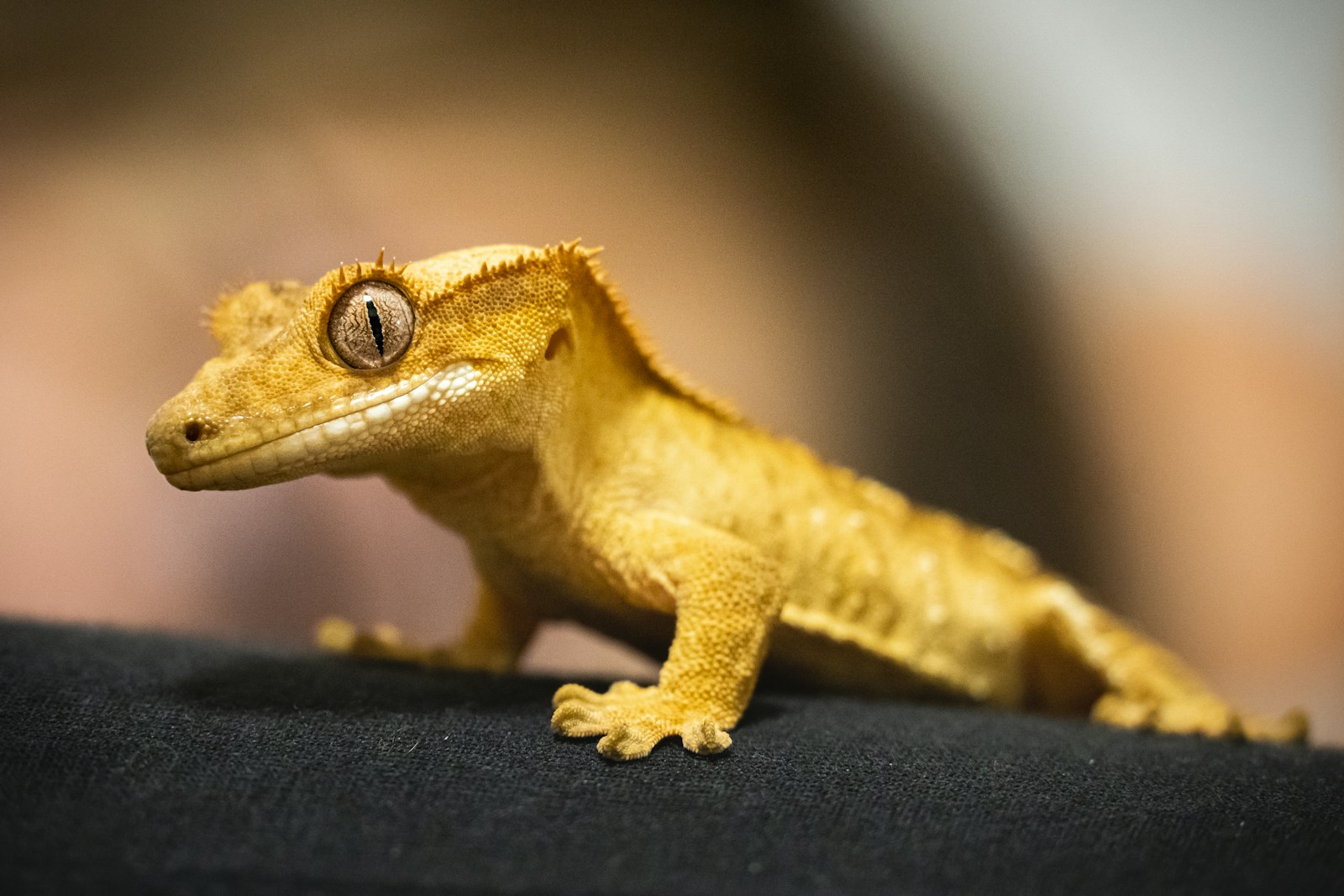


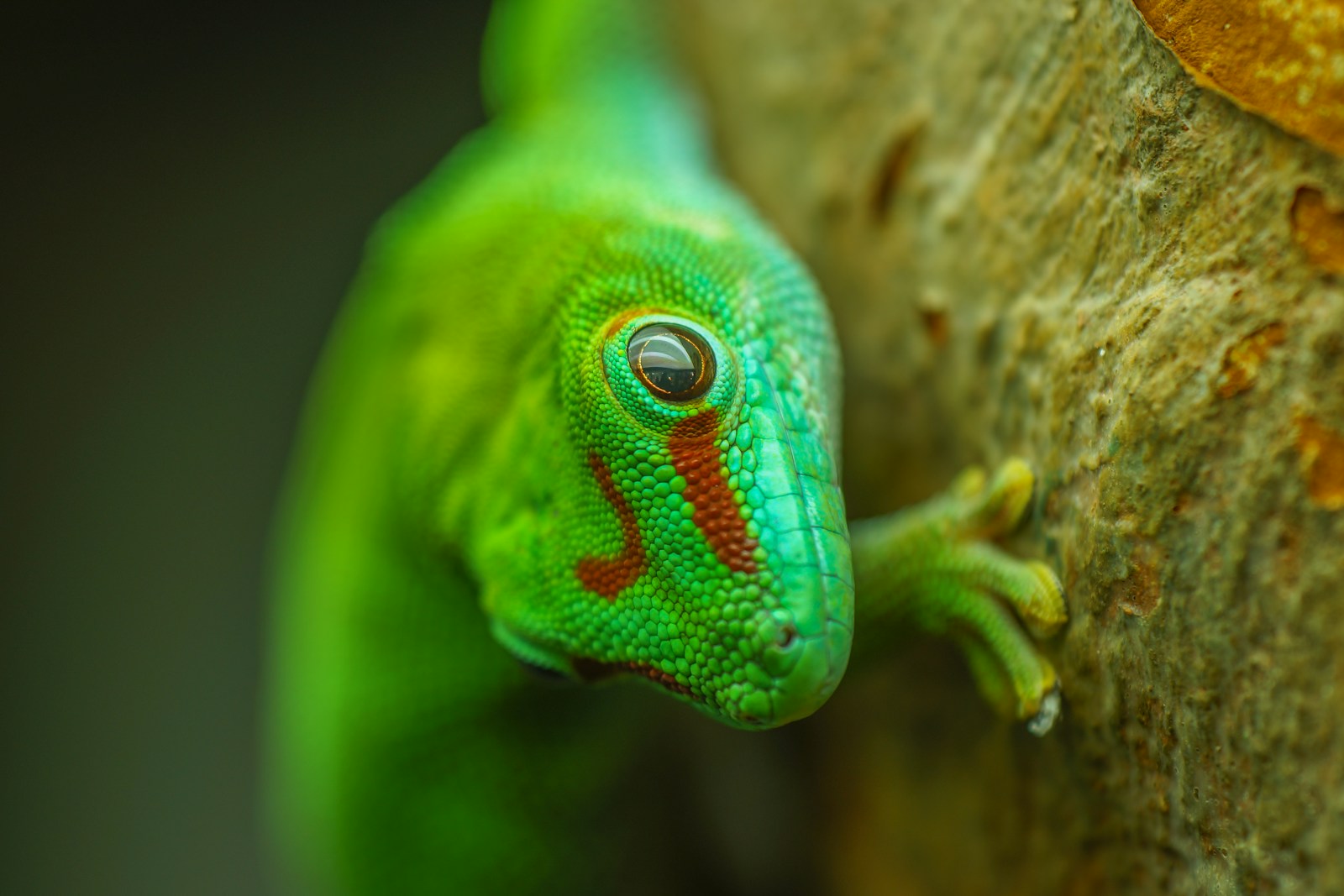
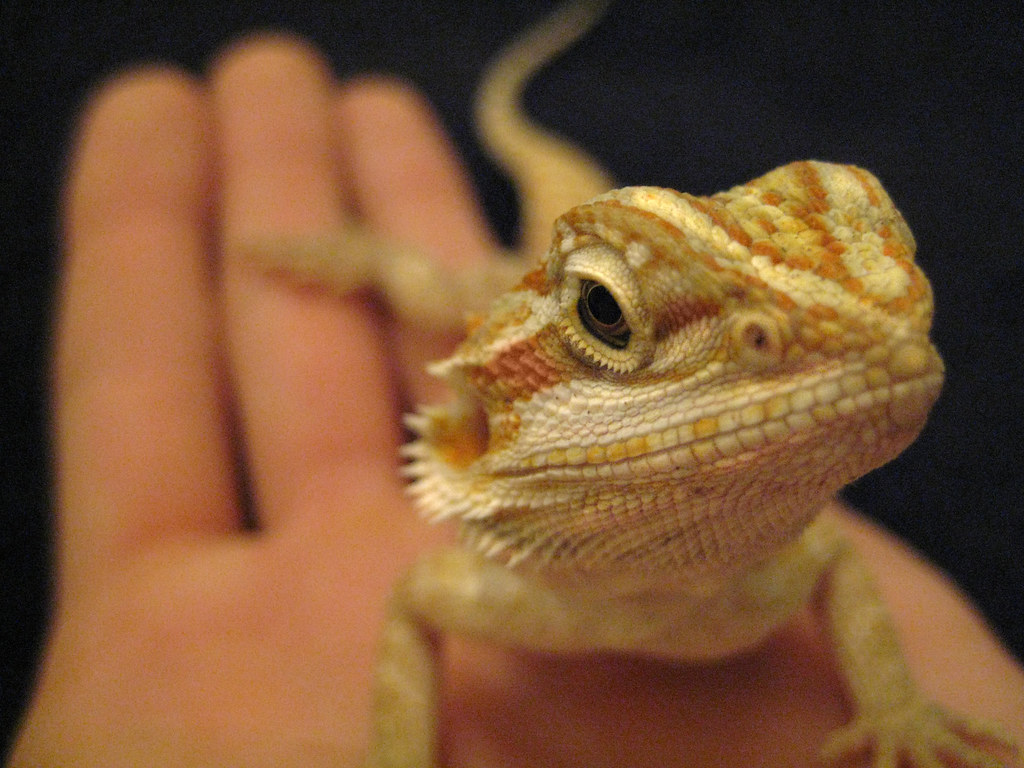

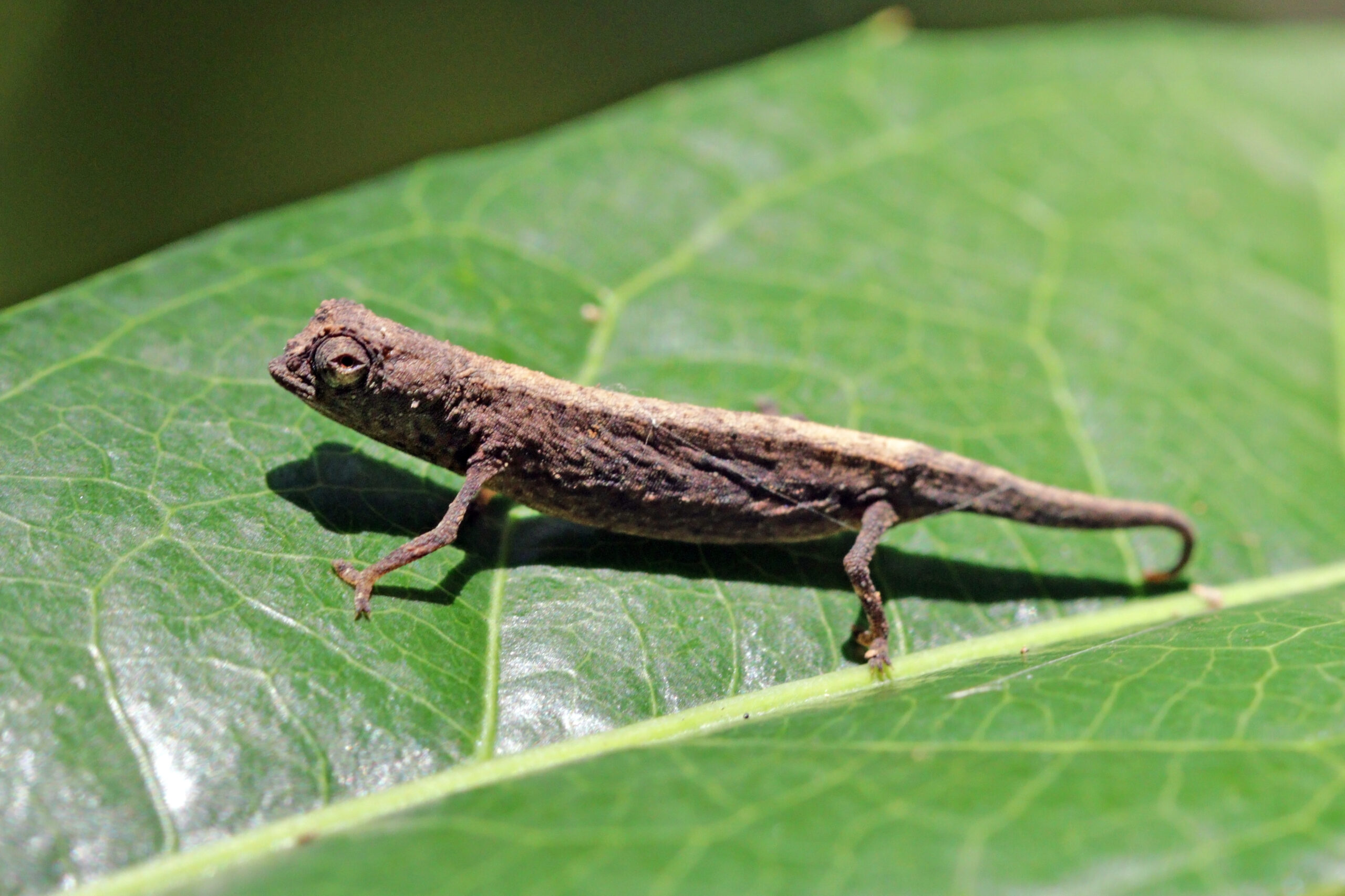
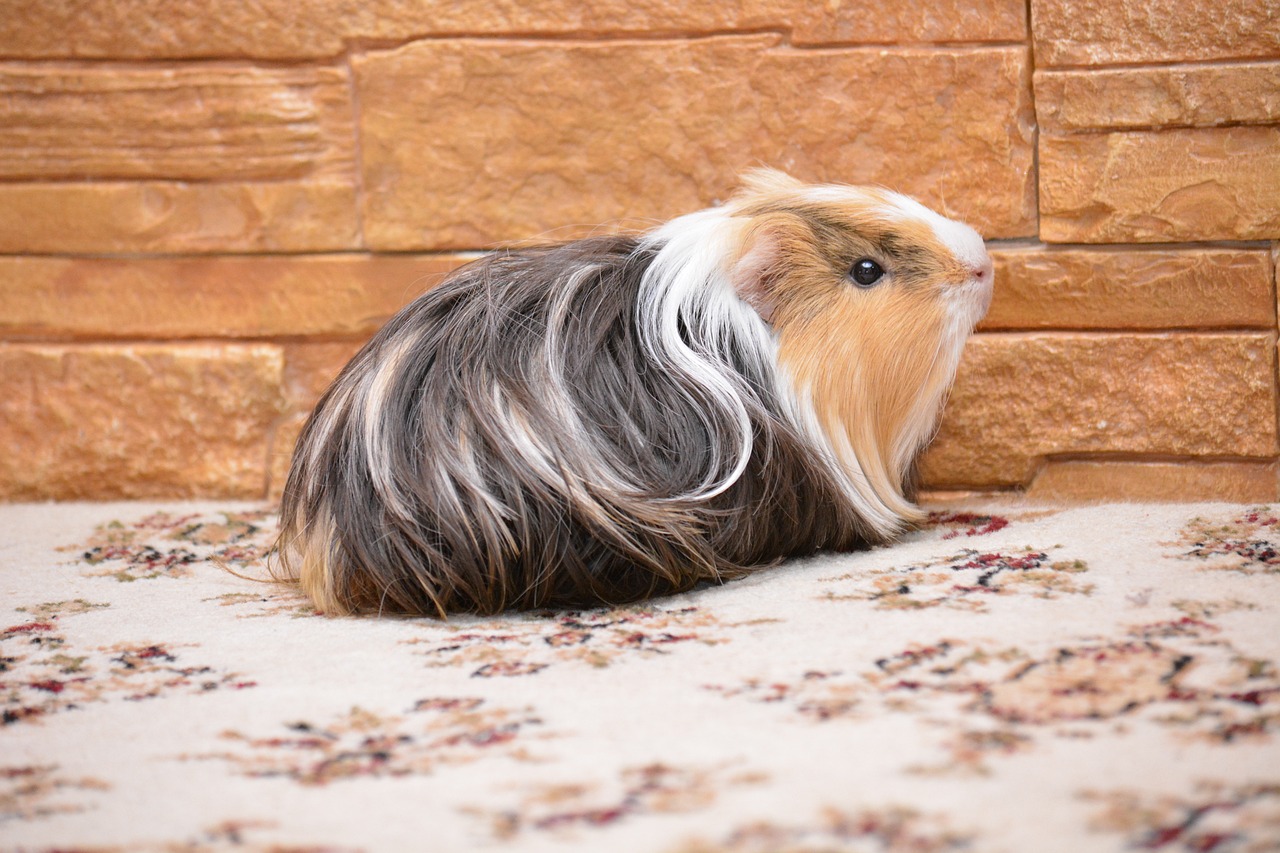
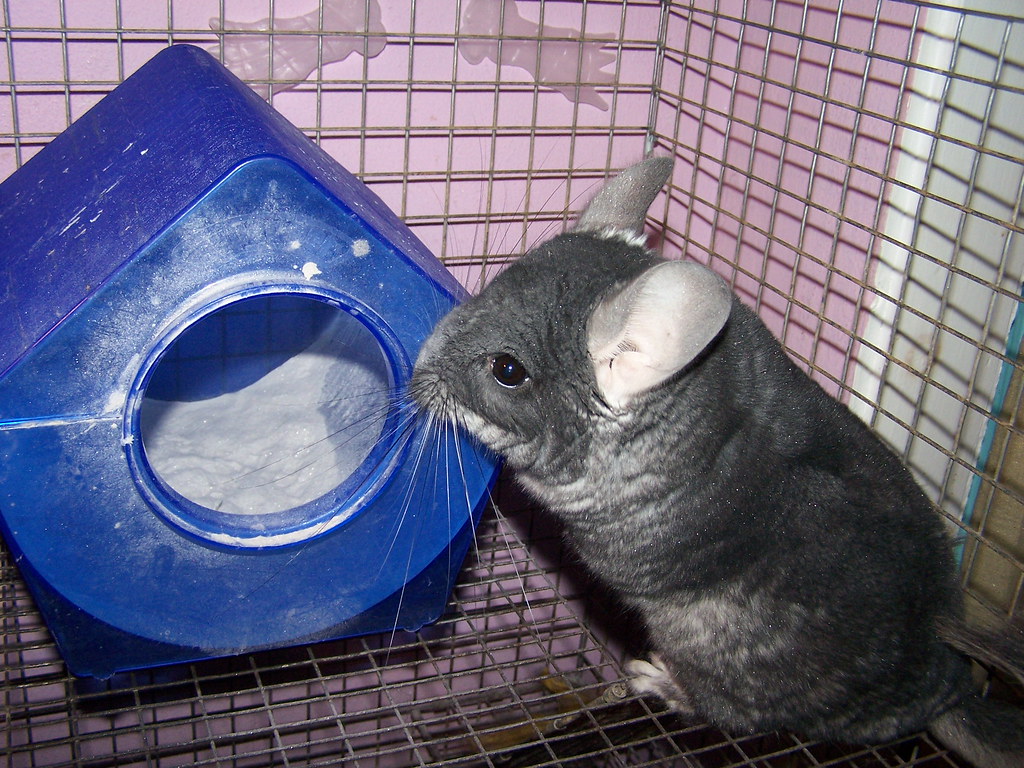

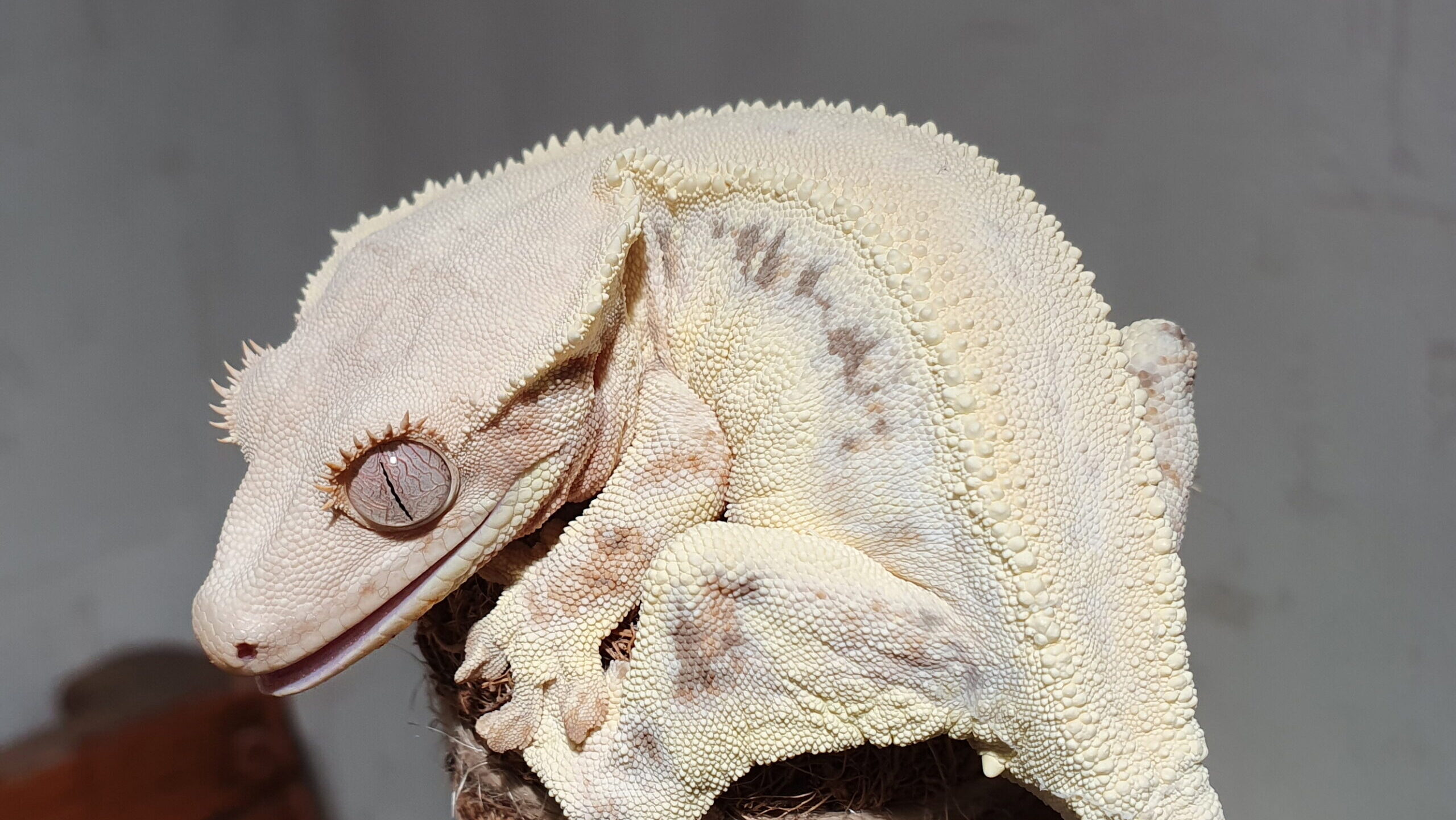




Leave a Reply